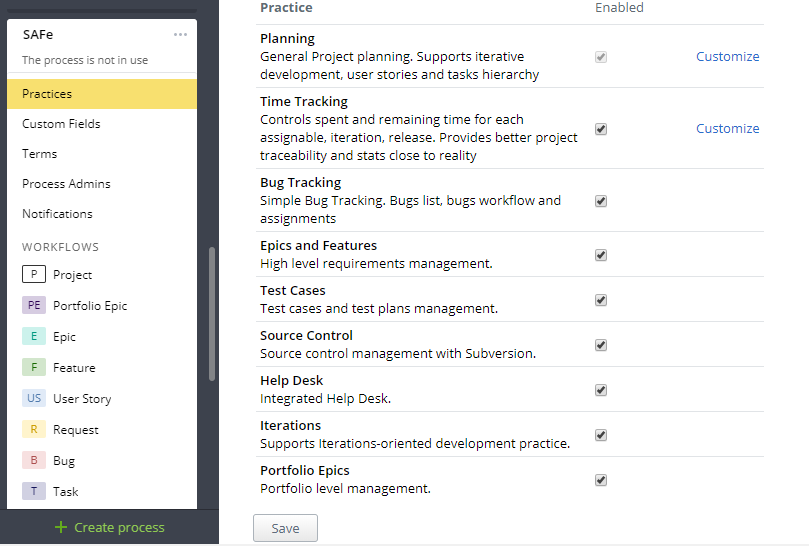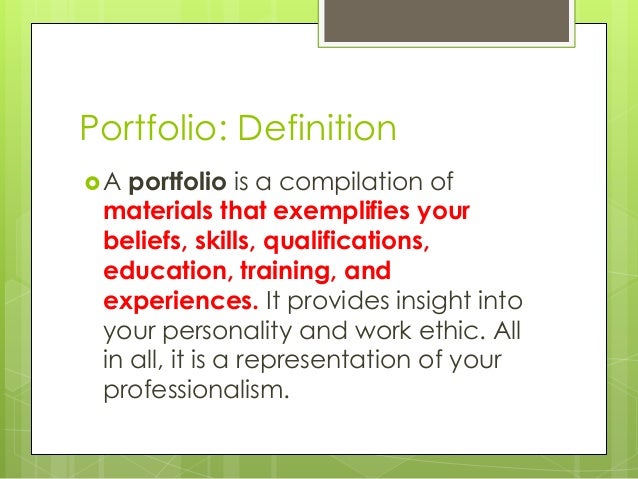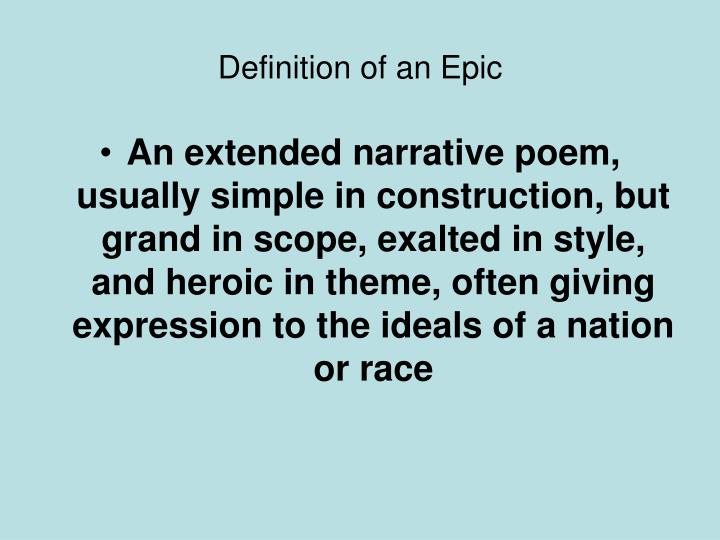

Epic to the RescueĪn epic, as we’ve said earlier, is like a large story. However, what do you do when it’s not possible to decompose a big story into independent pieces? That’s where the “epic” concept comes in handy.


If it’s possible to implement them simultaneously, different developers can sign up to each of the smaller stories and complete all of the pieces without a single iteration. If a story can’t fit within a single iteration, you can divide it into several smaller stories. Your team’s capacity is such a factor, and the length of your iteration (e.g., one week vs. Of course, different factors affect the size and complexity of the stories that will fit within an iteration. After all, stories are the blocks of functionality that developers implement during an iteration. However, no matter its complexity, a story must fit within a single iteration. A story worth 2 points is certainly easier to complete than one estimated at 11 points. That’s why we have techniques such as story points estimation, after all. Stories can be small or big, simple or more complex. This is a crucial point in understanding how stories differ from epics. Details can be added to a user story by adding conditions of satisfaction or, alternatively, by performing user story mapping.Stories are broken up in tasks-unless they’re too small-and developers sign up to implement them.The development team estimates each story, probably using story points or another form of estimation.During spring planning, the stakeholder who is the proxy for the client (e.g., the scrum master in scrum) prioritizes the stories for implementation.In broad strokes, we could probably summarize how it works like this: The details of how stories work differ according to the specific agile methodology used, the size and preferences of the organization, and so on. The discussions originated by the story description will act as a primer for the complete and more detailed requirements to emerge. This is anti-agile: in agile projects, one should always remember the YAGNI (You Ain’t Gonna Need It) principle.
#Portfolio epic definition software#
During software development, it’s so tempting to start adding things we think will be valuable for the user, without the actual evidence of this being the case. Such questions and the discussions they initiate are valuable. Are modules mandatory? Or can I have a course without modules?.Should it be possible to create a module with no lessons in it?.The story above, for instance, leaves many questions open: It’s important to bear in mind that this initial description isn’t a replacement for detailed requirements. SO THAT students benefit from the better course organization I WANT to be able to include modules in my courses on the web app For the context, imagine you have an online education platform, where instructors can manage their lessons and courses: Let’s see an example of a user story according to the template. By using this template, teams can remain focused and never lose sight of the business motivation behind implementing a feature. And the business benefit bit refers to the valuable outcome that the user will get from that feature. Functionality means … well, the piece of functionality that is to be implemented. The user in the template above represents a real user of the system. It’s common to use a template for the story’s description. In its simplest form, a story contains a title and a description of the functionality needed. After that, we’ll progress to epic, also covering other relevant agile concepts such as themes and initiatives, so you understand how each of those pieces fits into the overall puzzle of agile planning. We’ll open the post with a discussion on user stories, explaining the role they play in the overall agile process. To understand when to use each, keep reading to learn the answer in more detail. An epic contains (or is composed of) smaller user stories. So, what’s the difference between an epic and a user story? In short, we can say that an epic is a longer story that spans multiple iterations. This is what this post focuses on by covering the “epic versus story” dilemma. You can also struggle when telling similar concepts apart. It’s often hard to distinguish fundamental concepts from passing fads.

Getting up to speed with the vocabulary surrounding agile is often challenging.
#Portfolio epic definition how to#
Story: What’s the Difference and How to Use Each Reading time 7 minutes Plutora Blog - Agile Release Management, Digital Transformation, Software Development Epic vs.


 0 kommentar(er)
0 kommentar(er)
